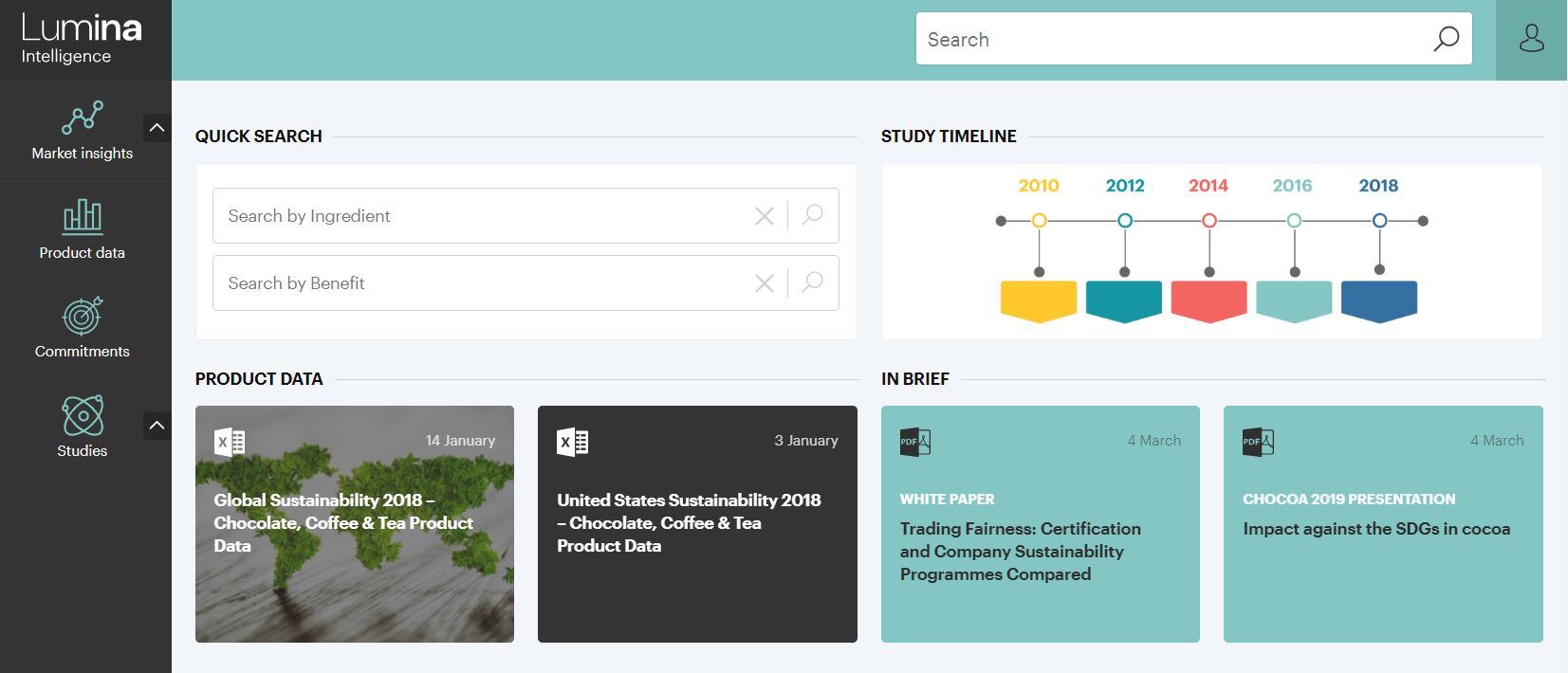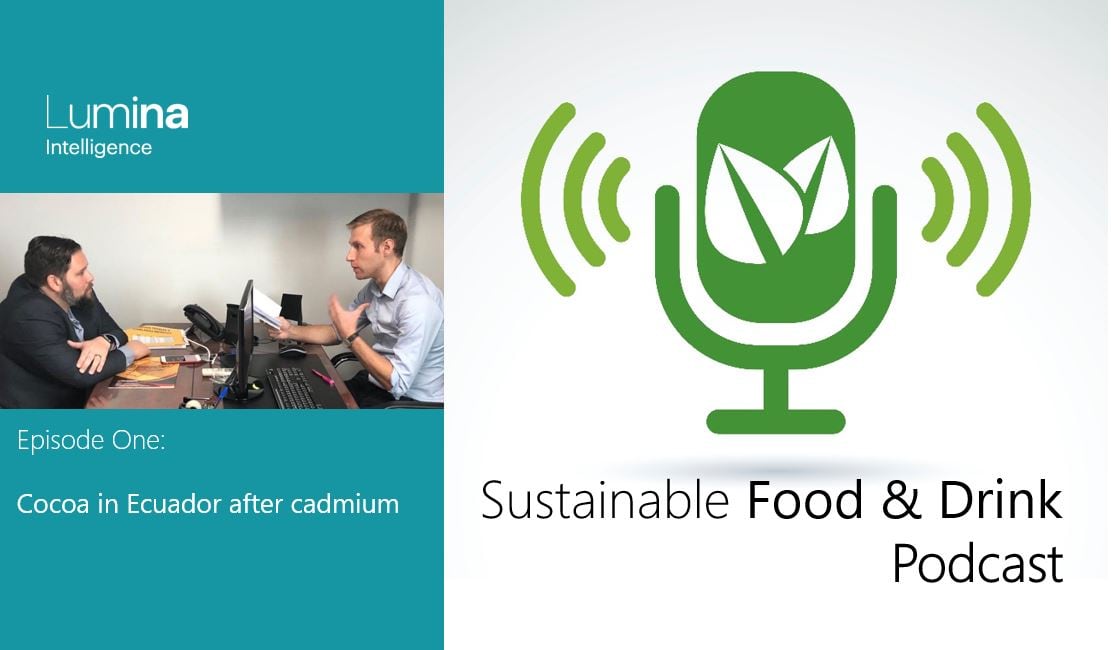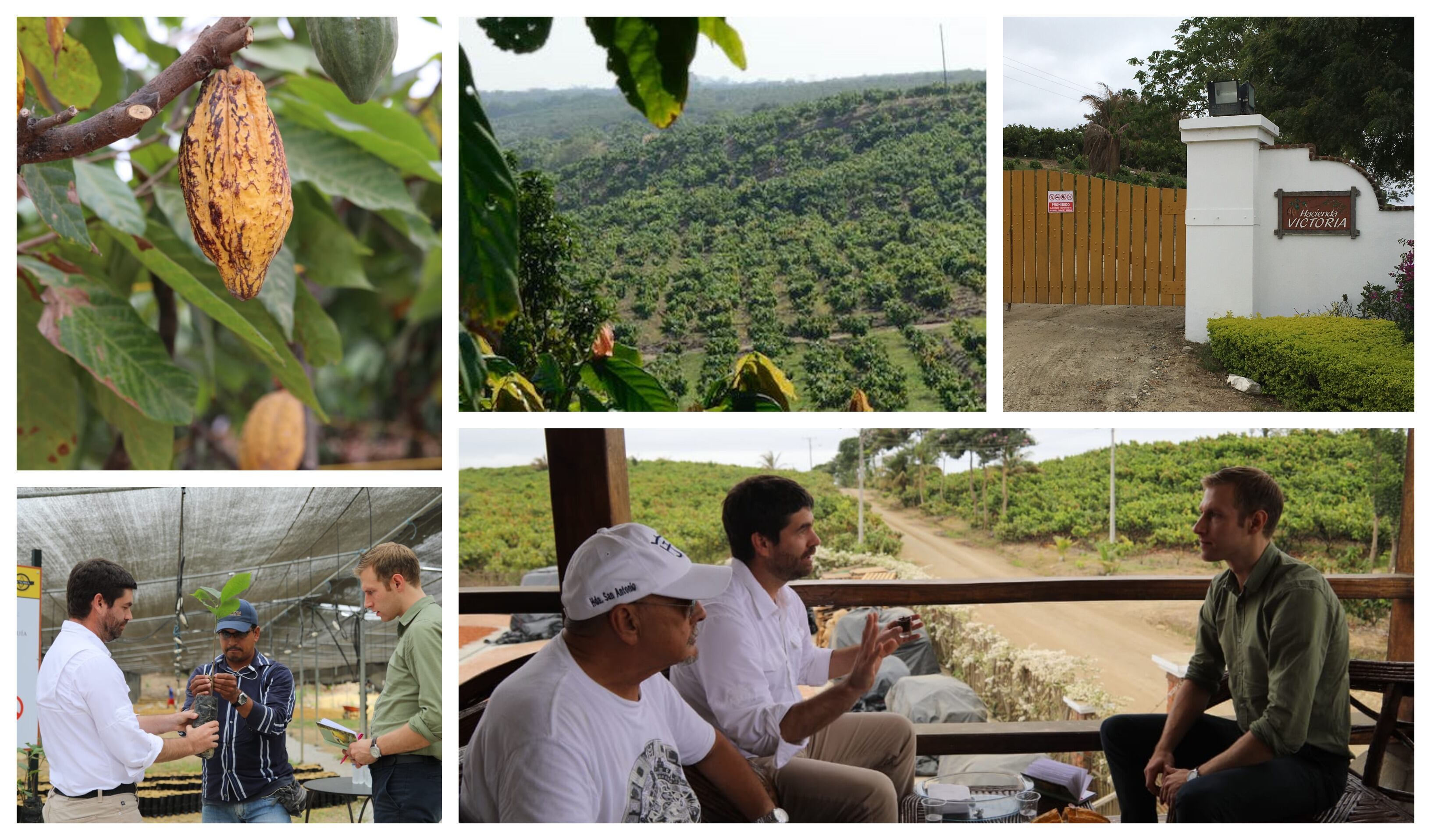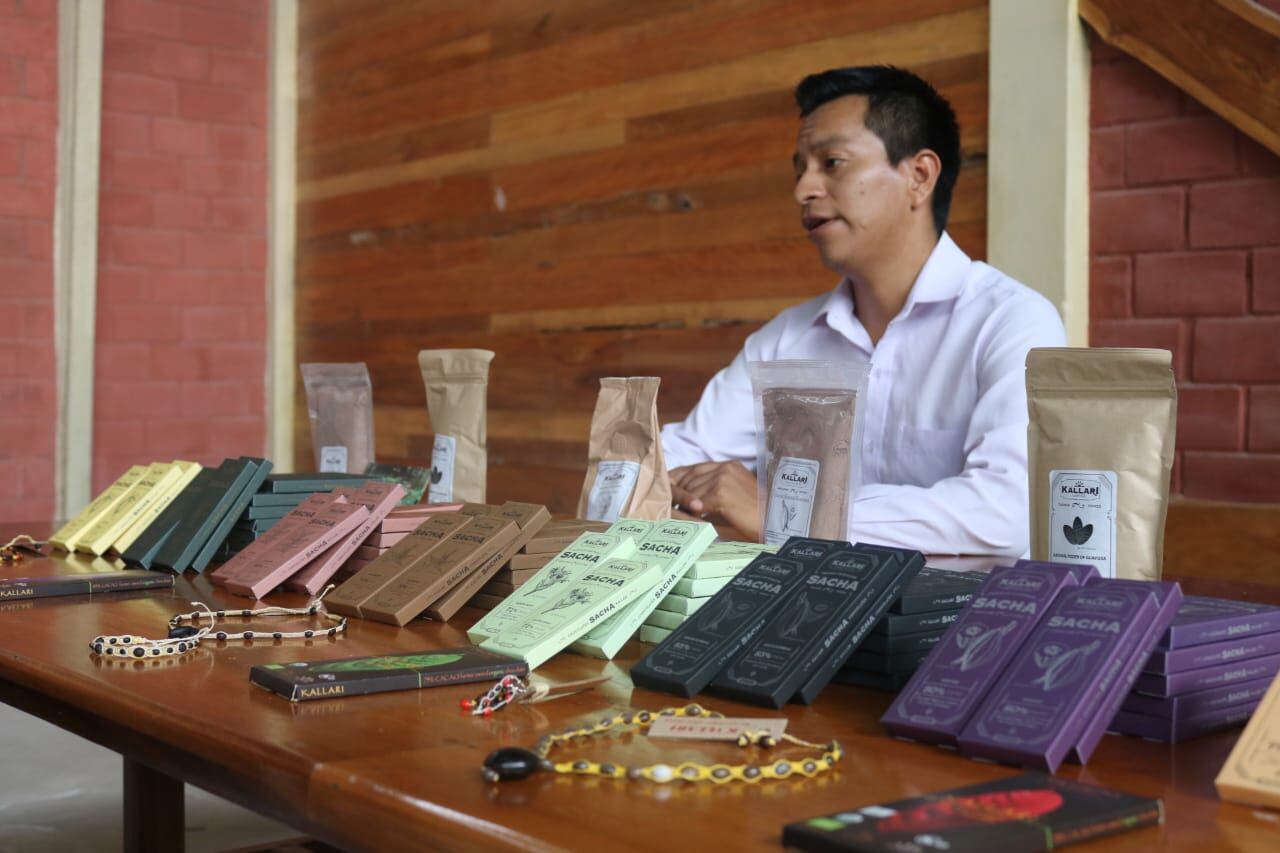The EU introduced maximum levels of cadmium in chocolate this year. Previously limits only existed for certain, meats, vegetables and seafood.
Speaking to Lumina Intelligence’s Sustainable Food & Drink Podcast, Francisco Miranda, president of Anecacao, Ecuador’s national cocoa export association alleged: “It was 100% political decision masked behind a food safety issue.”
Researchers suggest cadmium traces in cocoa beans are more prominent in Latin America than West Africa due to higher volcanic activity.
Value addition loss
Miranda said of Ecuadorian cocoa: “Exports will not decline by one ton – what will decline is the price and the value-added [efforts[.”
Ecuador has been aiming to create value at cocoa origin by producing chocolate within its borders through companies such as Pacari and Hoja Verde and cocoa cooperative-owned producers such as Kallari Chocolate.
“All the value-added efforts being done by our country as far as pressing beans and transforming them into chocolate – which is where we compete against the European industry – will be lost,” said Miranda.
“We will go back to just being a raw material provider.”
EU cadmium regulations
Cadmium (Cd) is a heavy metal found as an environmental contaminant naturally and from industrial and agricultural sources, according to a 2009 European Food Safety Authority (EFSA) opinion. The International Agency for Research on Cancer has classified cadmium as a human carcinogen.
Food is the main source of cadmium exposure for the non-smoking population.
From January 1, 2019 in the EU:
- Milk chocolate with below 30% total dry cocoa solids must contain no more than 0.10 mg/kg wet weight of cadmium.
- Chocolate with over 30% cocoa and below 50% must have no more than 0.30 mg/kg of cadmium
- Chocolate with more than 50% will have a threshold of 0.80 mg/kg.
He said local chocolate manufacturers are aiming to improve community livelihoods, but may need to look to other regions due to high cadmium concentrations.
The Anecacao president said it was “unfair” to those farmers of those programs. “They are not the cause of this problem,” he said.
European Commission: Five-year transition period
A European Commission spokesperson for Health and Food Safety said: “These levels have been established on finished products only (chocolate cocoa powder sold to the consumer) to provide a high level of consumer protection, whilst minimising any potential impact on trade activities of cocoa beans and intermediary products.
“It is worth mentioning that this happened after a transitional period of 5 years, to allow Latin-American countries time to implement mitigation measures.
“Latin American chocolate can be imported into the EU, and will just need to comply with the levels.”
Miranda alleged single origin chocolate using Ecuadorian-only cocoa beans may suffer under the regulation.
He contended any mitigation efforts would be short-lived because as PH levels shift in the ground following a strong rainy season cadmium absorption will happen again.
“There’s no cadmium solution. As the solution to cadmium levels in wheat in Germany in the 90s was to change the regulation, that’s the only solution for cadmium for Ecuador, Colombia and Peru,” he said.
Ecuadorian cocoa viewed as ‘low-hanging fruit’
In the podcast, Miranda said that Ecuador was viewed, as “the low-hanging fruit” of cocoa sustainability. He said despite strong infrastructure in Latin American, sustainability efforts had been concentrated on West Africa
“As a region we feel neglected…I’m not saying farmers over there don’t need protection of the sustainability programs, I’m saying we need them as well.”
Sustainable Food & Drink Podcast - Lumina Intelligence

The Sustainable Food & Drink Podcast comes from Lumina Intelligence Sustainability, an insights service for industry, governments and NGOs providing information and data on cocoa, coffee and tea sustainability. The aim of the service is to help stakeholders align with the UN Sustainable Development Goals and achieve impact in reducing poverty, child labour and deforestation in agricultural communities.
Interviewee: Francisco Miranda, president of Anecacao (National Federation of Cocoa Exporters of Ecuador)
Music credit: Blue Dot Sessions – Kovd



